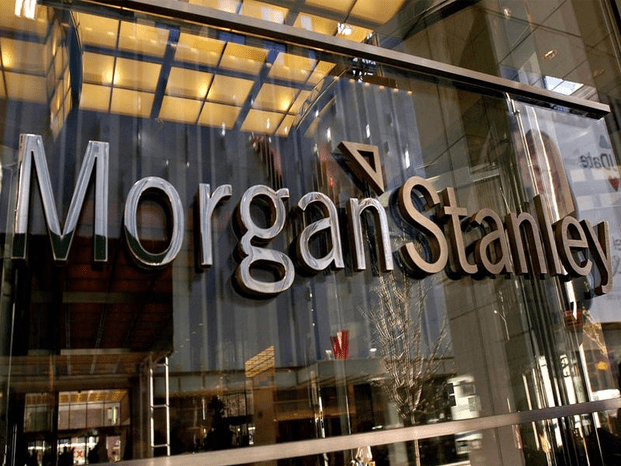
Stablecoins are not a substitute for traditional bank deposits yet, but this may change soon, according to Morgan Stanley analysts.
Although stablecoins currently lack deposit insurance and do not pay interest, their utility in fast settlement and global access to dollars may make them increasingly attractive—especially to institutional users.
"Banks should not be complacent," the analysts led by Betsy L. Grasic note, adding that some are already responding by developing tokenized deposits, as JPMorgan (NYSE:JPM) Chase & Co. has done with its JPM Coin and planned JPMD currency.
Stablecoins are already reshaping the short-term finance markets. Tether, the largest stablecoin, held 66% of its reserves in U.S. Treasury bills as of March 2025, representing about 2% of the entire Treasury bill market.

According to Morgan Stanley, "continued growth could increase demand for short-term Treasury bonds and give the U.S. Treasury greater flexibility in issuing debt."
Compared to money market funds, stablecoins are constrained by regulations under the Genius Act, which prohibits interest payments and treats holders as unsecured creditors.
In contrast, money market funds can provide a return and offer investors equity-like ownership. However, both instruments share functional similarities—providing stable cash-like instruments backed by high-quality liquid assets.
"Aiming to maintain stable value—money market funds target a net asset value of $1, while stablecoins aim to maintain a 1:1 peg with fiat currencies like the U.S. dollar. During times of market stress, both tend to attract inflows as investors seek safety," the analysts explain.
The market value of stablecoins, which currently stands at $263 billion, is currently driven by consumer use of cryptocurrencies, but more adoption is expected from institutions seeking faster transaction speeds and greater collateral movement.
"Unlike traditional bank deposits, which are locked within one institution, stablecoins can move freely across blockchain platforms," continued the Morgan Stanley team, noting broader financial utility.
While some liquidity may shift from bank deposits to stablecoins, analysts suggest that the shift may be temporary. When the U.S. Treasury disburses funds raised through debt issuance, a portion of the capital often returns to the banking system, which may offset outflows.
The regulatory environment is also evolving. The Genius Act has passed the Senate, while the Clarity Act is still under discussion in the House.
Morgan Stanley notes that the final shape of these frameworks "will significantly impact how stablecoins interact with the broader financial system."
With the emergence of the U.S. central bank digital currency becoming less likely, current legislation favors private sector solutions, which may accelerate the integration of stablecoins into mainstream finance.
#Binance #WriteToEan #CryptoArabic #BinanceSquare #BinanceExplorers

